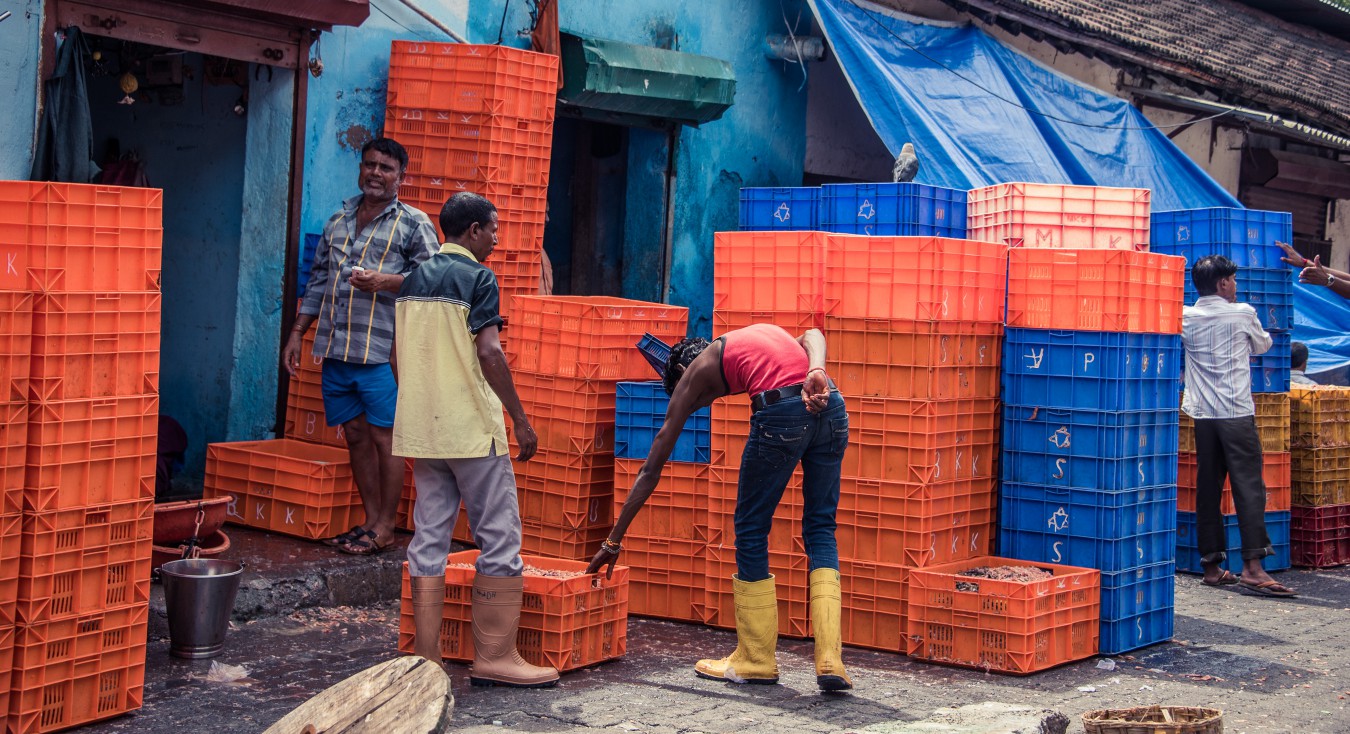Mumbai is undoubtedly the commercial capital of India and is one of the predominant port cities in the country. There are hundreds of separate docks around the city, each serving different purpose. I made visit to the Princess Docks, which is the India's (and perhaps world's) largest Shrimp-processing dock. Tonnes of fresh shrimp catch from shrimp-fishing boats are processed here daily by thousands of workers.
The city is also unfortunately home to India's largest slum population. There is about a dozen of them in Mumbai - the larger ones include Dharavi, with population around 1 million the heart of small-scale industry in Mumbai. I made a visit with my resident friend to one of the smaller slums - known as Laundry slum due to the predominant nature of business being handled here - processing laundry to most hotels, accommodations and restaurants from all over the city.




































